We may earn money or products from the companies mentioned in this post. This means if you click on the link and purchase the item, I will receive a small commission at no extra cost to you … you’re just helping re-supply our family’s travel fund.
Traveling to a UNESCO Heritage region is like opening a doorway to another era. These places aren’t just about preserved buildings or scenic vistas; they’re about experiences that weave history, culture, and nature into something unforgettable. You can stroll through towns where traditions are still alive, hike through landscapes that inspired civilizations, or explore sites that changed the course of human history. What makes these destinations special is how they blend the old and new, letting you witness history while still feeling part of the present. Here are 12 UNESCO Heritage regions that deliver that rare magic of stepping back in time without losing your sense of wonder.
1. Kyoto, Japan
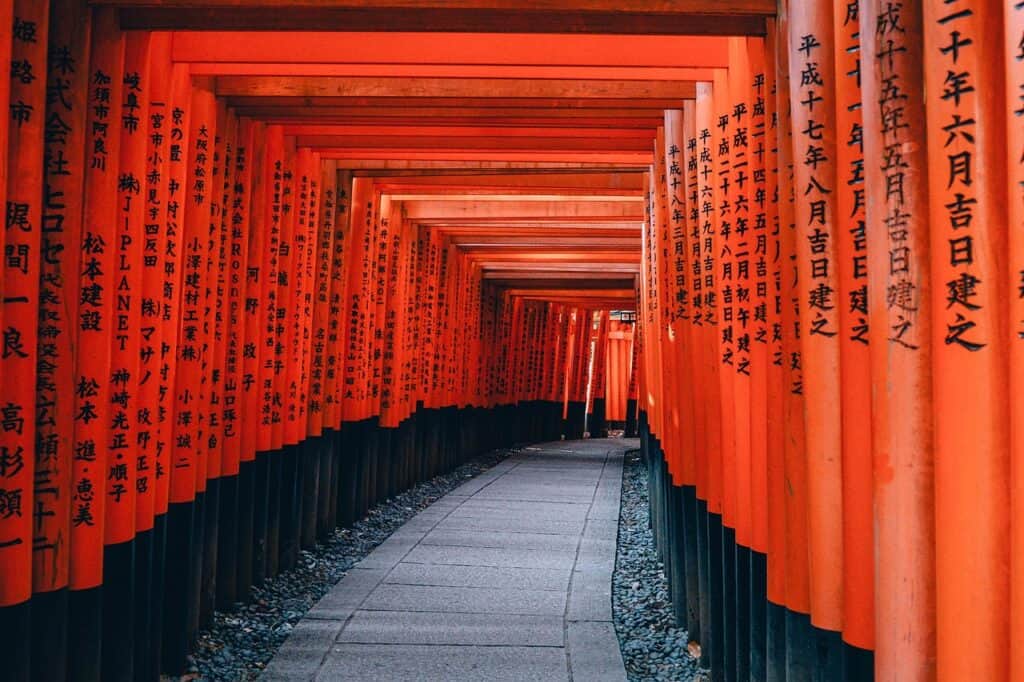
Kyoto’s blend of ancient and modern is subtle yet clear. Across the inscribed Historic Monuments of Ancient Kyoto, temples and shrines seem built to slow the day. Step into Gion and narrow lantern-lit lanes hint at geiko culture without theater. Spring blossoms are legendary, but even in mist the gardens, teahouses, and wooden streets pulse with tradition. Life here does not mimic the past; it carries it forward through crafts, festivals, and ritual.
2. Rome, Italy
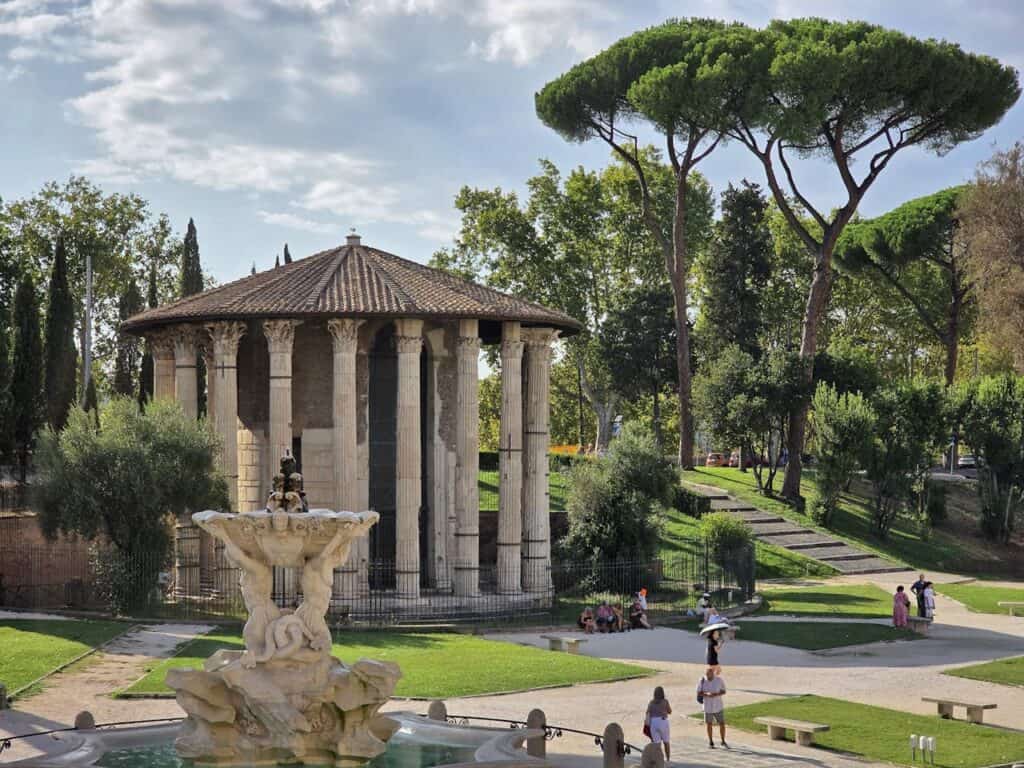
No city feels more like an open-air museum than Rome, though the inscription centers on the Historic Centre of Rome and select Holy See sites. Turn a corner and the Colosseum or a baroque piazza shares space with daily life: kids kicking a ball near ancient walls, locals grabbing gelato. The past is not only admired, it is lived, from fountains to cafés. That meeting of old and new keeps Rome endlessly fascinating.
3. Petra, Jordan

Petra is jaw-dropping. This entire city was carved into rose-gold sandstone by the Nabateans, who built temples, tombs, and winding passages that now glow at sunrise and sunset. The Treasury, revealed after a walk through the Siq, grabs every visitor but it’s just the beginning. Deeper trails uncover ancient amphitheaters, mysterious altars, and quiet corners where the desert hush is interrupted only by the wind. Petra isn’t a relic; locals guide you, their stories echoing through the cliffs.
4. Cusco and the Sacred Valley, Peru
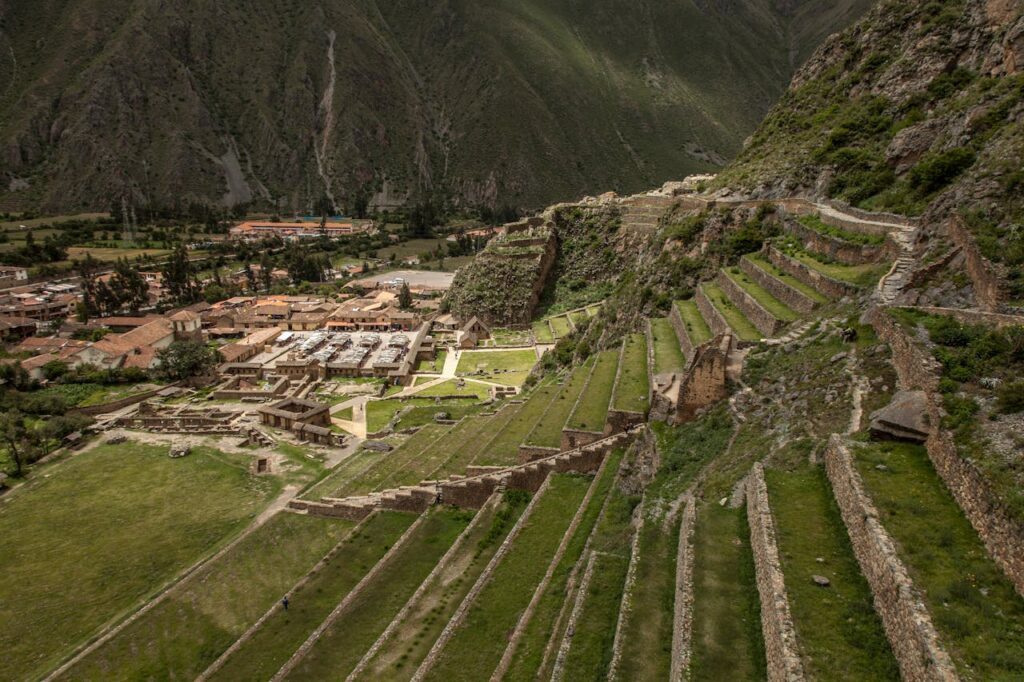
In Peru, Inca history is felt underfoot in the inscribed City of Cuzco and along valleys that lead toward the Historic Sanctuary of Machu Picchu. Spanish cathedrals crown precise Inca stonework. Beyond the city, terraces step down hillsides and villages keep older rhythms. At Ollantaytambo, granite blocks watch snow-capped peaks while lanes echo with Quechua and market calls. Tradition here is not staged; it is home
5. Angkor, Cambodia
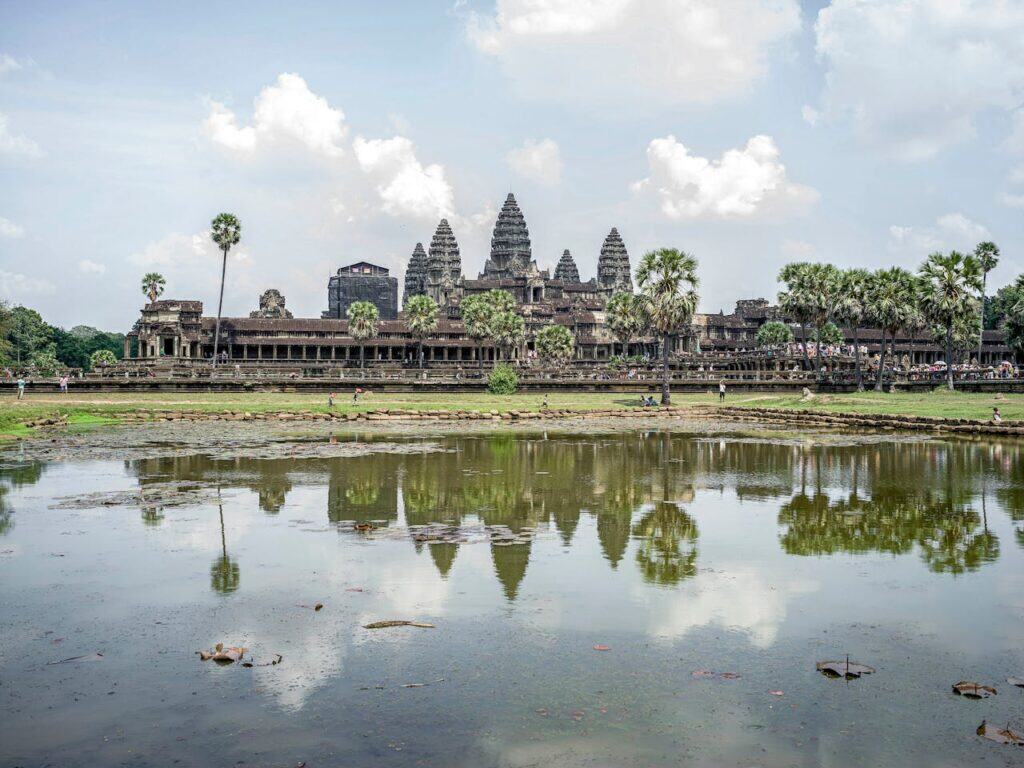
Picture this: sunrise mist curling around the spires of Angkor Wat, with temples stretching further than the eye can see. The Khmer Empire’s marvels aren’t static museum pieces. Monks perform daily rituals at Ta Prohm while giant trees claw across crumbling stones. Some temples still fill with incense smoke and the sound of prayers. Whether clambering through abandoned galleries or watching locals picnic by ancient basins, you’re walking in the footprints of centuries.
6. Dubrovnik, Croatia
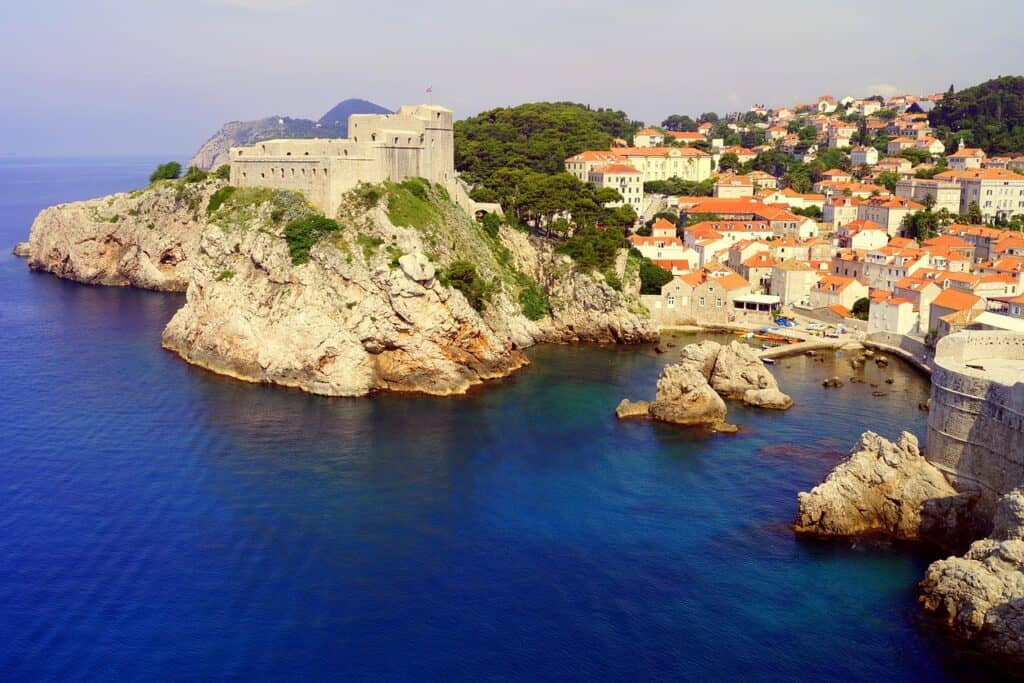
Dubrovnik’s inscribed Old City holds ramparts and marble lanes that mirror a powerful maritime past. The walls once kept out more than pirates; today they frame sweeping sea views. Drop into tight alleys where church bells pace the day, then pause in a hidden courtyard or chapel. Even with visitors, quiet pockets remain, and the city’s traders, writers, and sailors feel near in the salt air.
7. Cairo and the Pyramids of Giza, Egypt
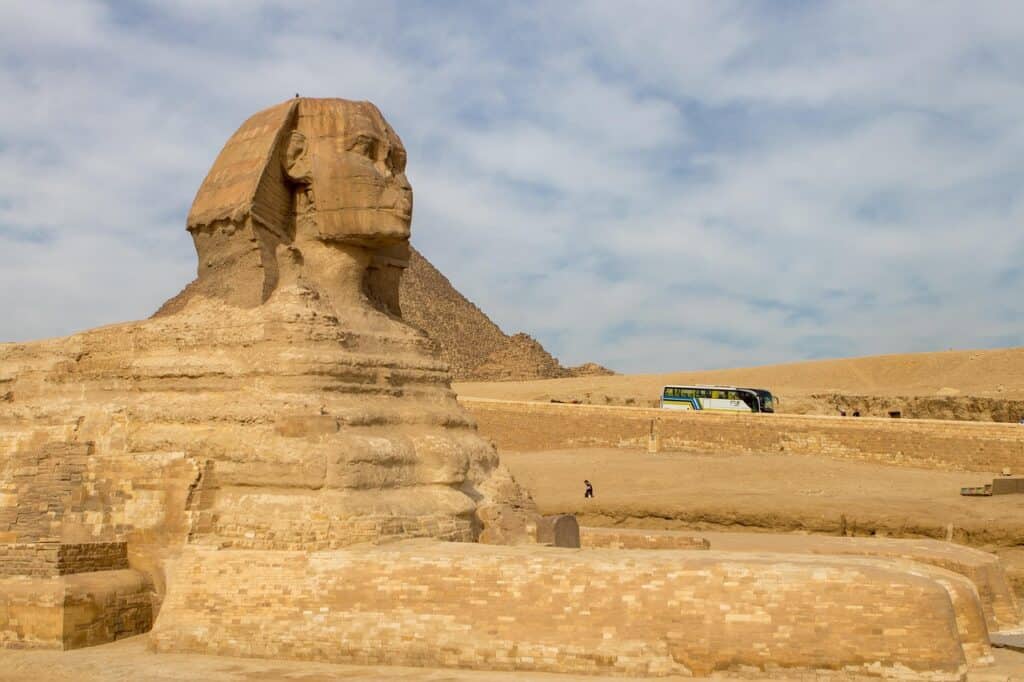
A short ride from Cairo’s rush lies the World Heritage property Memphis and its Necropolis, the Pyramid Fields from Giza to Dahshur. The Great Pyramid and the Sphinx rise from desert light while markets and the call to prayer drift from the city. Museum halls add carved texts and gilded detail to masonry under the sun. Here, history is not distant; it stands within arm’s length.
8. Athens, Greece
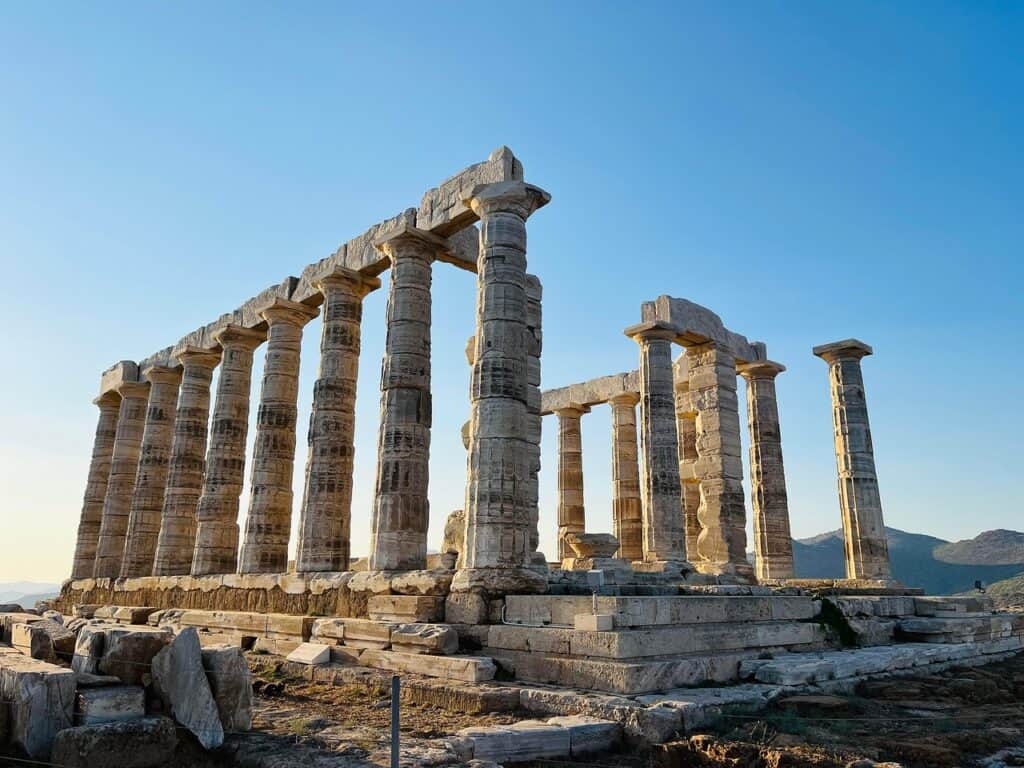
It is not just the skyline. The inscribed Acropolis crowns Athens, with the Parthenon and its companions set on limestone above a city in motion. Vendors sell souvlaki, musicians thread old and new tunes, and murals color modern walls. Climbing the Sacred Rock, one senses the sweep of ideas that shaped much of the West, and the pulse of a city that keeps reinventing itself below.
9. Istanbul, Turkey
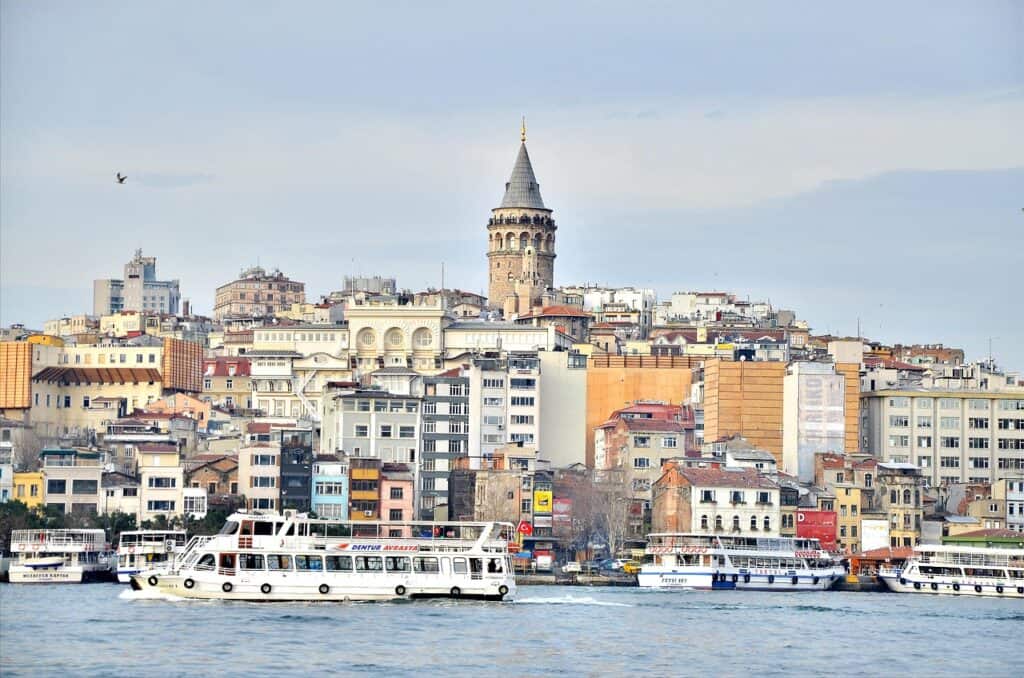
Within the inscribed Historic Areas of Istanbul, domes and minarets crest hills that bridged empires. In Hagia Sophia, space has held both Christian and Islamic prayer. Wander the bazaar, taste baklava, and trace old caravan routes beneath modern trade. Ferries cross the Bosphorus, linking continents and daily lives. The city does not store its past; it moves with it.
10. Stonehenge and Avebury, England
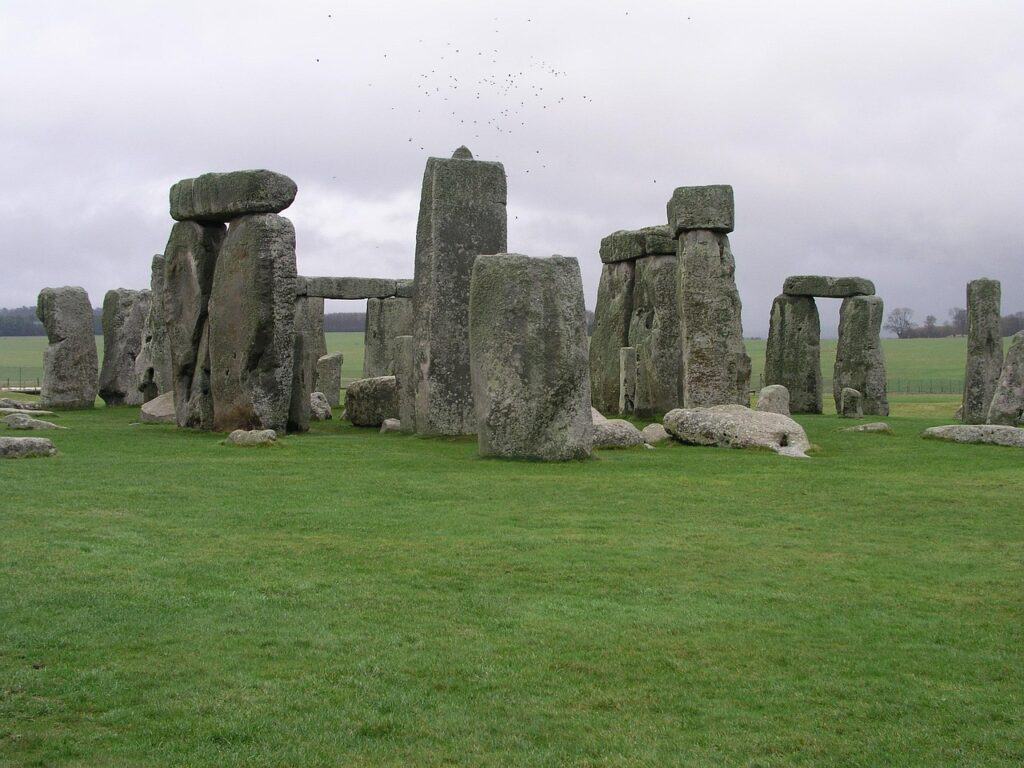
Among these megaliths, geometry meets land in a prehistoric ritual landscape. Stonehenge’s trilithons and Avebury’s vast rings align with barrows and long earthworks that ripple across fields. Solstice gatherings keep tradition alive under careful protection. Walk at dusk and chalk downs, sarsen stone, and circling paths bring the ancient world near without a museum wall.
11. Great Wall of China
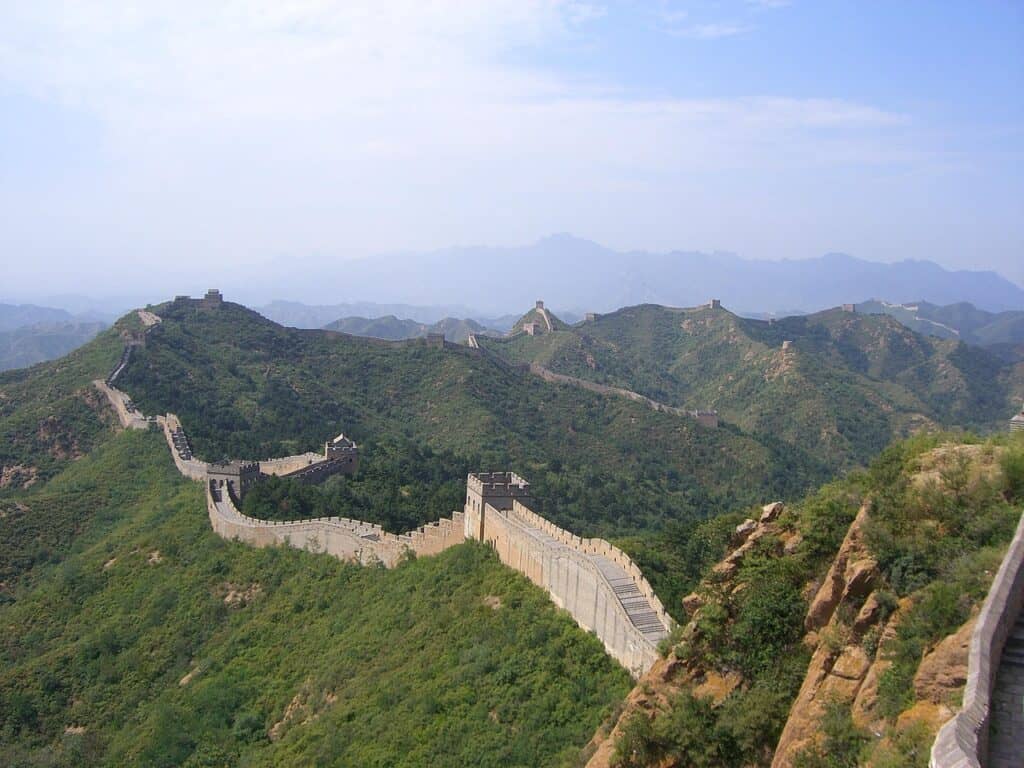
The Great Wall’s serial inscription runs over mountains and valleys, from restored battlements near Beijing to rugged, wind-scoured stretches. Each segment tells of labor, signal fires, and frontier exchange. Paths and access vary, but the arc is clear: watchtowers, passes, and villages stitched into a geography of vigilance and meeting. Awe comes in both grandeur and silence.
12. Granada and the Alhambra, Spain
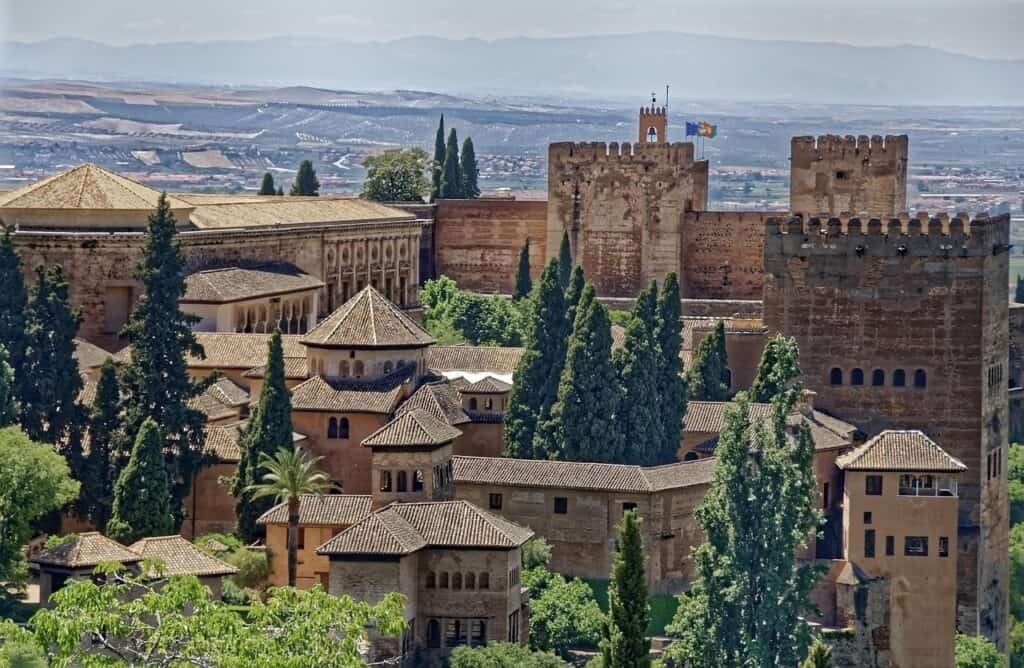
Granada’s inscription joins the Alhambra, Generalife, and Albayzín. Above orchards and water stairs, stucco lacework and calligraphy turn walls into screens of light. In the Albayzín, tea rooms and guitar phrases drift by whitewashed patios. The memory of palace and quarter lingers in cedar scent and flowing channels, where scholarship and craft still speak across centuries.
Other Blog Posts You Might Enjoy
www.idyllicpursuit.com (Article Sourced Website)
#UNESCO #Heritage #Regions #Feel #Living #Museums #Idyllic #Pursuit
